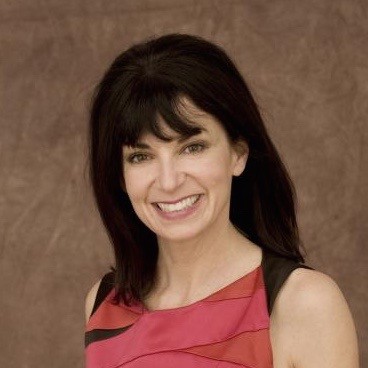Had a distinct opportunity to moderate a panel at StrataRx last month with three great speakers, Aaron Brauser, Director of Product Management at M*Modal, Kash Badami, Chief Healthcare Strategist, MarkLogic, and Aaron Stranahan, AVP, Product Development, Informatics Corporation of America (ICA). The two Aarons presented at MarkLogic World this past spring and joined Kash and me at Strata for a reunion tour.
Kash is my ringer. He has spent years in the healthcare side as a practitioner with various DC-based health agencies before coming to MarkLogic he is our chief healthcare architect. He can dramatically articulate the importance of having healthcare records traveling with patients — from the field in Afghanistan to the base in Kandahar to the air force carrier — an injured soldier is being logged in and out of army and airforce systems until s/he lands back in the states – -and then enters the Veterans Administration database. All three systems — not to mention each individual hospital has its own ways of logging patient info. Passing that information through to the next stop on the healthcare journey has not been an easy feat.
Healthcare cost containment and improved patient care are considered of utmost importance in a country where healthcare expenditures lead the western world with nearly 20% of GDP. One of the measures of The American Reinvestment & Recovery Act (ARRA), a 2009 initiative to modernize our nation’s infrastructure, was the “Health Information Technology for Economic and Clinical Health (HITECH) Act, which stipulated interoperability for meaningful use to be a critical goal. Interoperability is a catchall term that includes sharing electronic health records between all types of organizations as described above. Meaningful use is a phased in approach of three stages which span 2011 (data capture and sharing), 2013 (advanced clinical processes) and 2015 (improved outcomes).
The phased approach should be a giveaway that this whole interoperability and meaningful use thang is not for slouches. Interoperability is the big word that describes Big Data — a whole heap of different types of stuff all trying to be read and understood by different machines. Yeah. And the bigger problem is that once the term Big Data was coined, every vendor under the sun had a solution for it. When. They. Didn’t. The lament at a panel before ours was that big data vendors offered a boatload of promises but sank far short. And meaningful use was going to need to be phased out longer – -while people dealt with logistics.
It was stunning in comparison to my panelists — the two Aarons and their companies are on the front lines of making Meaningful Use come to fruition. M*Modal offers speech to text technology — and enriches that text with Natural Language Understanding. We all tell stories in different ways — and doctors are no different. M*Modal annotates the information contained in the narrative content with XML, codified to standardized medical ontologies and lexicons such as SNOMED®-CT, ICD, RadLex®, LOINC and others.
These documents are best managed by a NoSQL database versus a relational one, and 5 years ago the Pittsburgh-based company settled on MarkLogic as a document store to search and serve documents into analytic engines.
In a parallel universe, ICA, a Nashville-based company was trying to figure out the whole interoperability challenge — and it too decided that to develop quickly, it would take the clinical data, structured and unstructured, and also use HL7. If HL7 is a standard communication — it has many dialects. ICA offers cloud-based, health information exchanges. Like Brauser, Stranahan too wanted a document store. In choosing an XML repository with its tree versus relational data model as an engine, it would make querying across data types relatively easy.
Interoperability is an issue in every industry, but it’s life and death in healthcare. Both companies needed an enterprise platform that unifies data with with disparate schemes, while managing and adding intelligence to unstructured information, all in a completely secure environment. Both companies have augmented their offerings with analytics that queries data and text for even great insights – and highly meaningful use.
The M*Modals and ICAs of the world are the new generation of developers. They are looking at the complexity of the data and choosing a flexible data model to handle all of it. Yet, they need to have the hardened enterprise features found in legacy technologies. Enter: Enterprise NoSQL. But the ICA and M*Modals are also the outliers at the world too. From the audit I took of the 50 or so people in our room only 3 knew of Enterprise NoSQL. And that might be why there were so many suffering the Big Data blues at the conference — and why we had so many clamoring at the booth after the panel trying to see if this new type of database might suddenly solve the biggest pains of all.

Diane Burley
Responsible for overall content strategy and developing integrated content delivery systems for MarkLogic. She is a former online executive with Gannett with astute business sense, a metaphorical communication style and no fear of technology. Diane has delivered speeches to global audiences on using technologies to transform business. She believes that regardless of industry or audience, "unless the content is highly relevant -- and perceived to be valuable by the individual or organization -- it is worthless."

Latest Stories in Your Inbox
Subscribe to get all the news, info and tutorials you need to build better business apps and sites
